
Winners Announcement
Venice is a city that gives us a view of the past but at the same time it can show us a glimpse of the future. Its particular conditions generated a whole new type of city that has managed to sustain urban life in the most unique way. Simultaneously, this competition managed to provide answers that refer back to ways of dealing with the past, contemplating present needs and also discern what lies ahead.

Under a strict set of guidelines, the most successful projects were able to answer the programmatic needs with a high degree of effectiveness while guiding the discussion through other issues of relevance into the problematic at hand. Out of the rich cultural heritage of the context, participants were able to distill architectural solutions from different aspects of the problem.

The theme of urban reactivation is a fertile ground for solutions that bridge Architecture with other areas of knowledge to retrieve the space from its present state of dilapidation and decay. An acknowledgment that the recovery of this space is also the process or returning the site to the community, the improvement of quality and captivation of the public interest was of extreme importance to reach optimal solutions.

The proposals have shown a deep reflection over the issues surrounding different theories of preservation: by interfering, by not interfering, by cleaning up or completely wiping out. It was also brought into question how a reprogramming of the site can be accompanied by a physical transformation with the biggest benefits for its users and visitors.
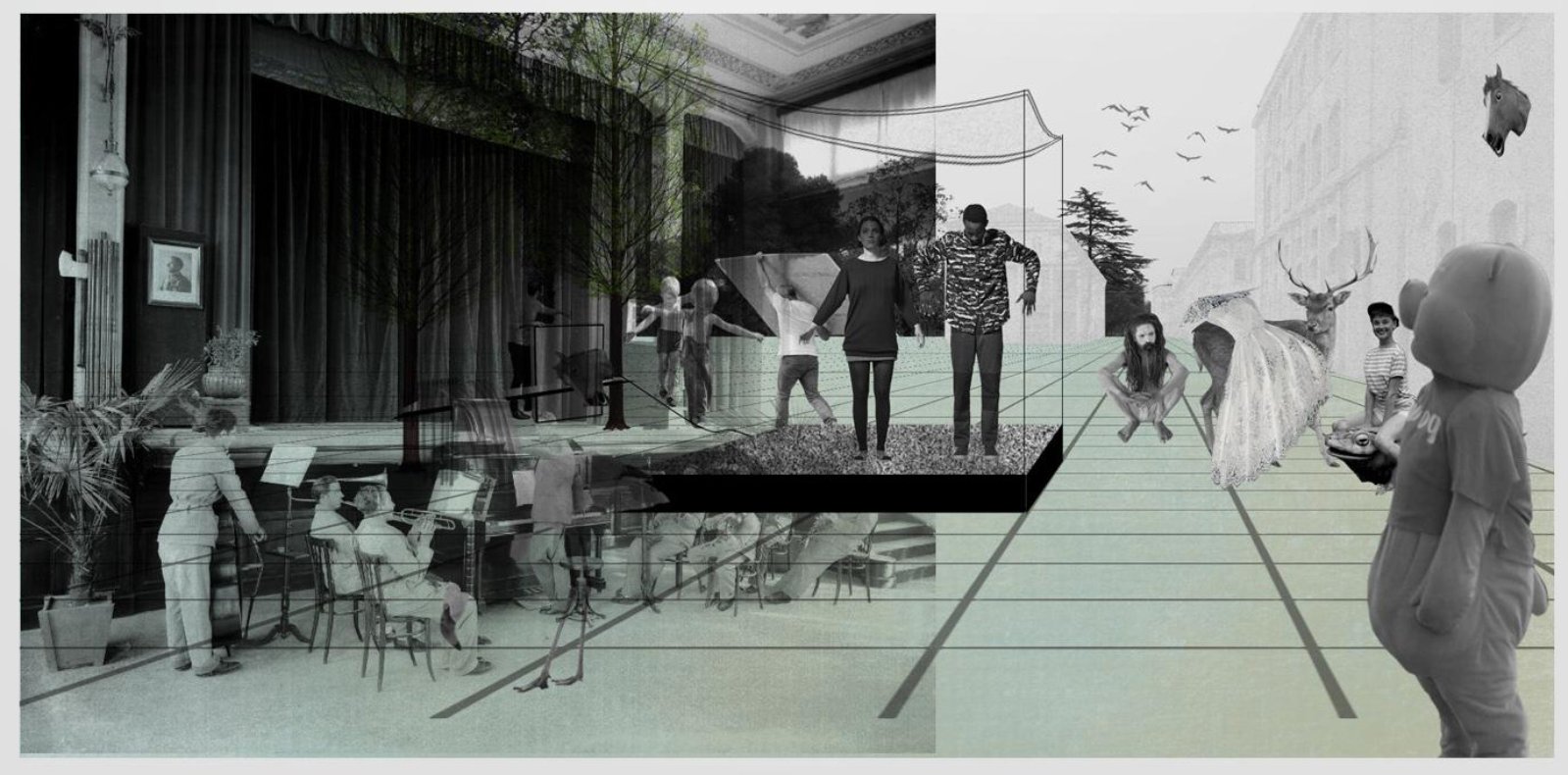
Some strategies showed that the integration of arts and creativity that were used in the past to treat patients would at this time be used back to restore the site itself to full use. The issue of the functional endurance was also pivotal, the validity of a solution that can successfully adapt and subsist in time and avoid a functional obsolescence.

This competition also had as a purpose to challenge participants into thinking about the different lifecycles of buildings that sometimes outlive the architect and what steps can be taken in order to ensure the functional durability of the buildings we produce.

Some discussions that were presented have local interest but also can be projected to a global scale, for instance, the ripple effect that a successful intervention of this type can bring to other cities and to the preservation of neglected buildings. Source and Images Courtesy of Ctrl+space.
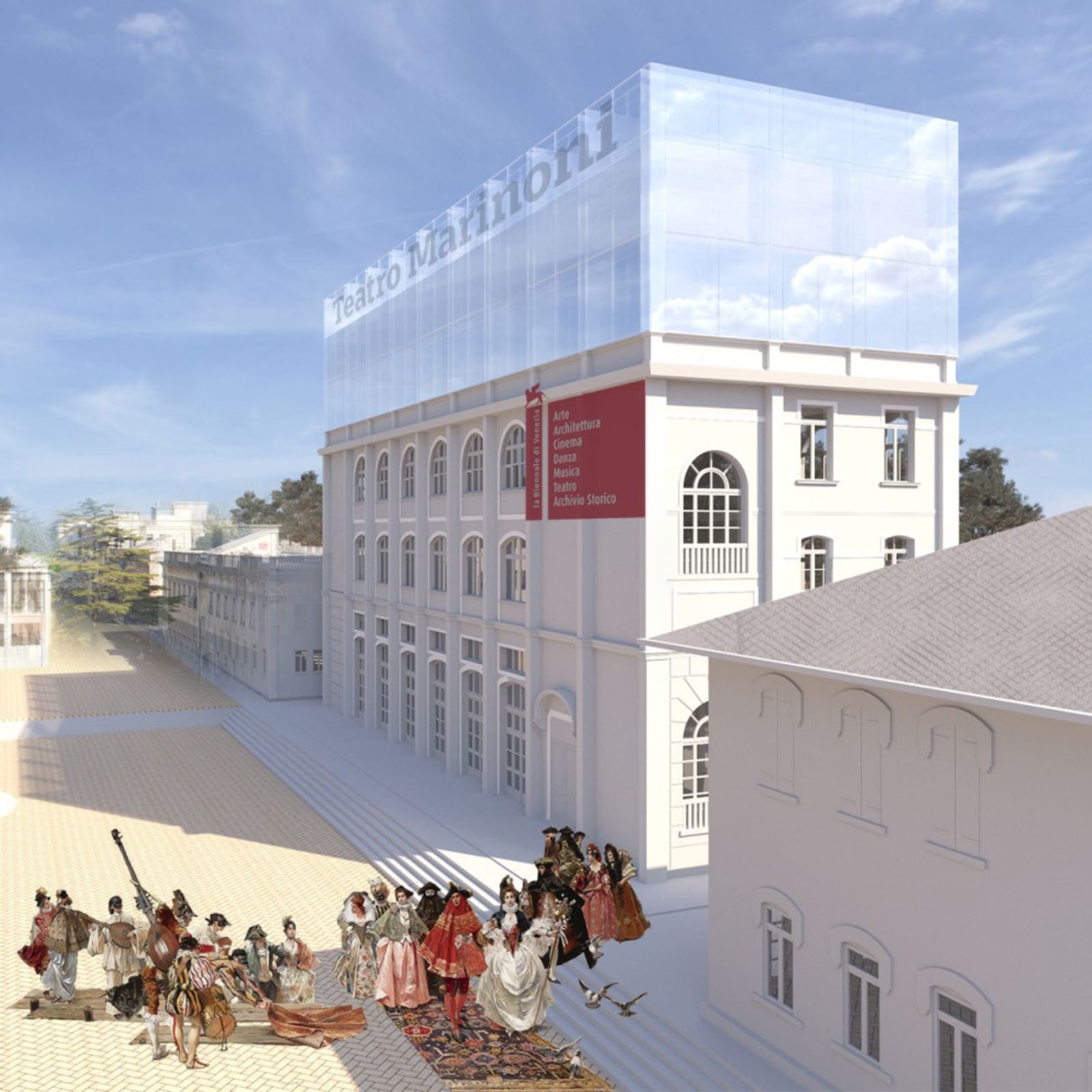
First Prize Award – “What crawls after the dusk?”
by Marcin Kitala and Zygmunt Maniaczyk from Czestochowa, Poland

From the Jury: “The Jury acclaimed this innovative concept that tries to go beyond the idea of functions and explore a secluded spot in the lifecycle of buildings. Preceded by a compelling narrative, the visitor’s path throughout the building is dramatized, the buildings are personified and reality is elevated to a fantasy status.

The visit becomes an expedition. By crossing a Wall, which then becomes a border to reality, a deep forest is found inside, a hidden wonder that embraces the buildings. The narrative is evocative of a fantasy world, reminiscent of Tarkovsky’s “Stalker”. Similarly, the visitor follows a guide around crossing unexpected sceneries and confronted with prodigious aspects of reality. Answering to the programmatic needs of the Brief, the whole building complex becomes the field for artistic creation under the general theme of death and rebirth of buildings.
Second Prize Award – “Spiritosa Invenzione”
by Stefano Gariglio, Matilde Mellini, Matteo Pallaoro and Alberto De Giovanni, from Atelier Lapis – Mendrisio, Switzerland
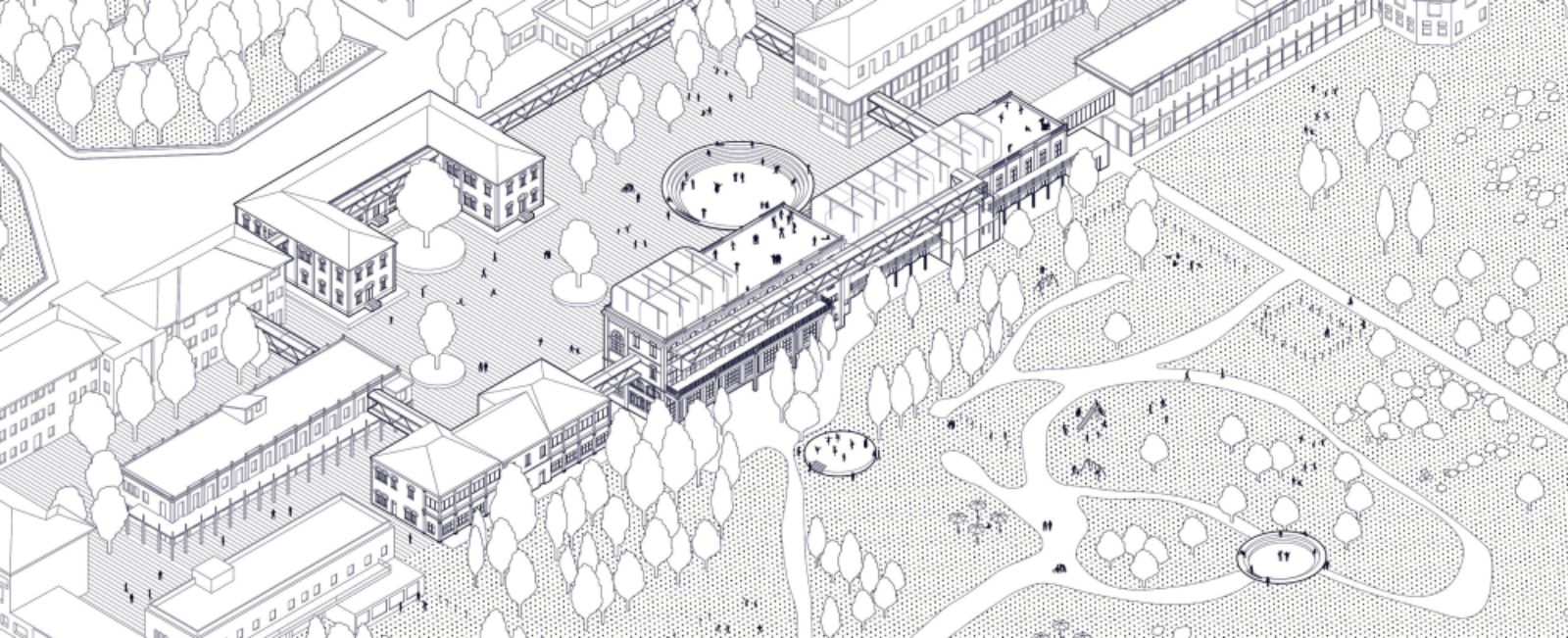
From the Jury: “The effort in providing a strong, simple concept was acknowledged and acclaimed by the Jury. It manages to solve many issues only with the introduction of one single element that pervades the whole situation in a unifying manner.
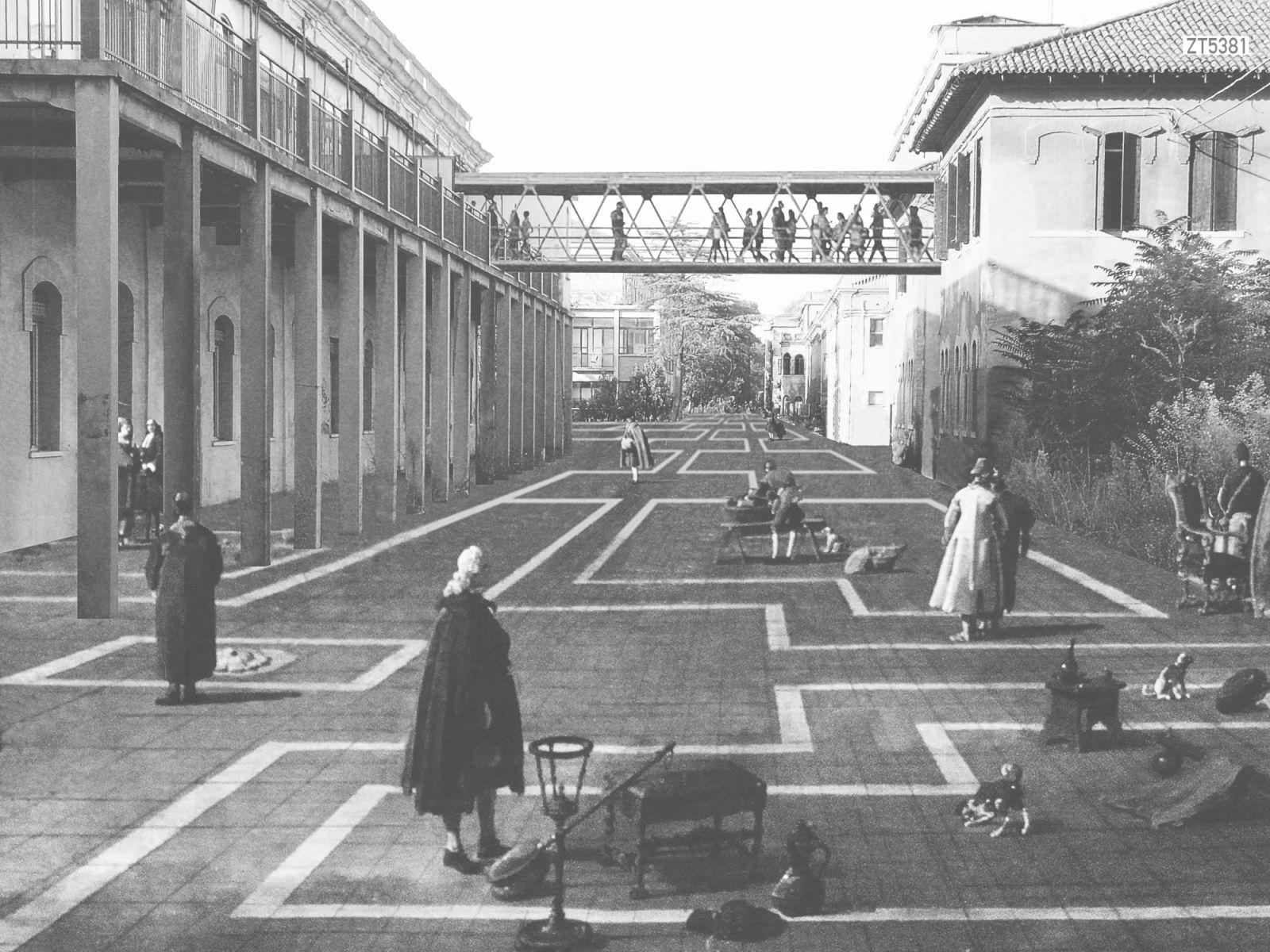
This proposal was commended by the Jury as a splendid answer to the interests and requirements of the location and as a respectful approach towards the existing elements.
Third Prize Award – “Third Life”
by Clement Ringot from Tournai, Belgium

From the Jury: ” This project was acclaimed by the Jury as a harmonious, modest, lightweight intervention that successfully assimilates the natural invasion of recent past and tries to perform a similar intervention through architectural means.

Through a perceptive reading of the history of the location, this proposal comes as an evolution to reestablish the sense of community space. Originating from the existing elements, seen as a “harmonious ensemble”, there is a consideration of the history of the location and its successive alterations in order to host new functions and answer to different needs.
Honorable Mentions
A Total of five Honorable Mentions were selected by the Jury as representatives of some of the more prominent strategies as well as to signal the inherent value of their theoretical and spatial qualities.
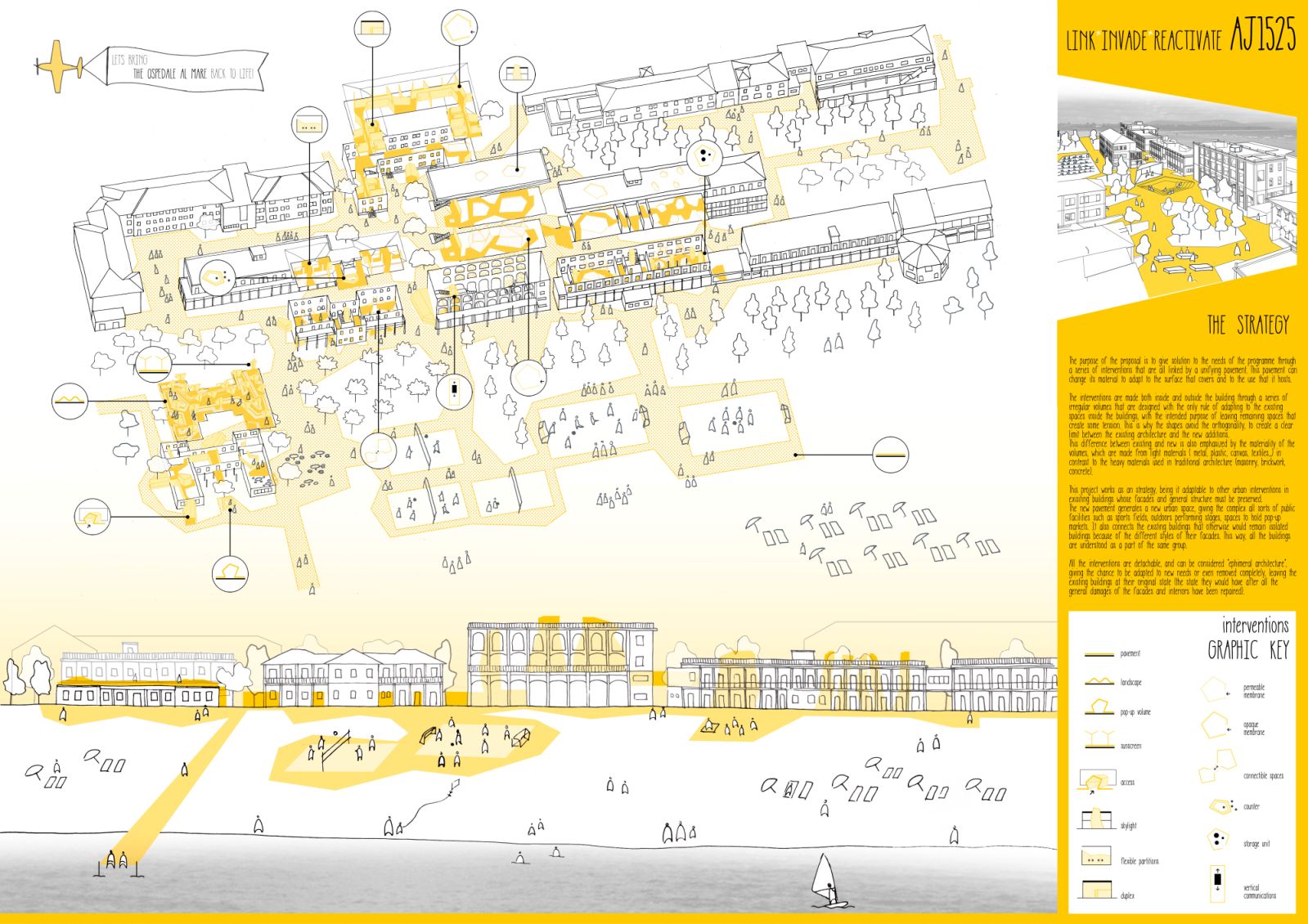
HM01 – “Link*Invade*Reactivate” by Ana Sequeiros Gómez and Javier Torres Navarro from Madrid, Spain

HM02 – “Regeneration” by Pawel Kuczynski and Wojciech Losa, from Ruda Slaska, Poland

HM03 – “Awaken the Memory” by Giacomo Tomidei, Michele Ciervo and Lorenzo Ranzani from Torino, Italy

HM04 – “Beauty can’t wait” by Gabriele Filippi from Genova, Italy
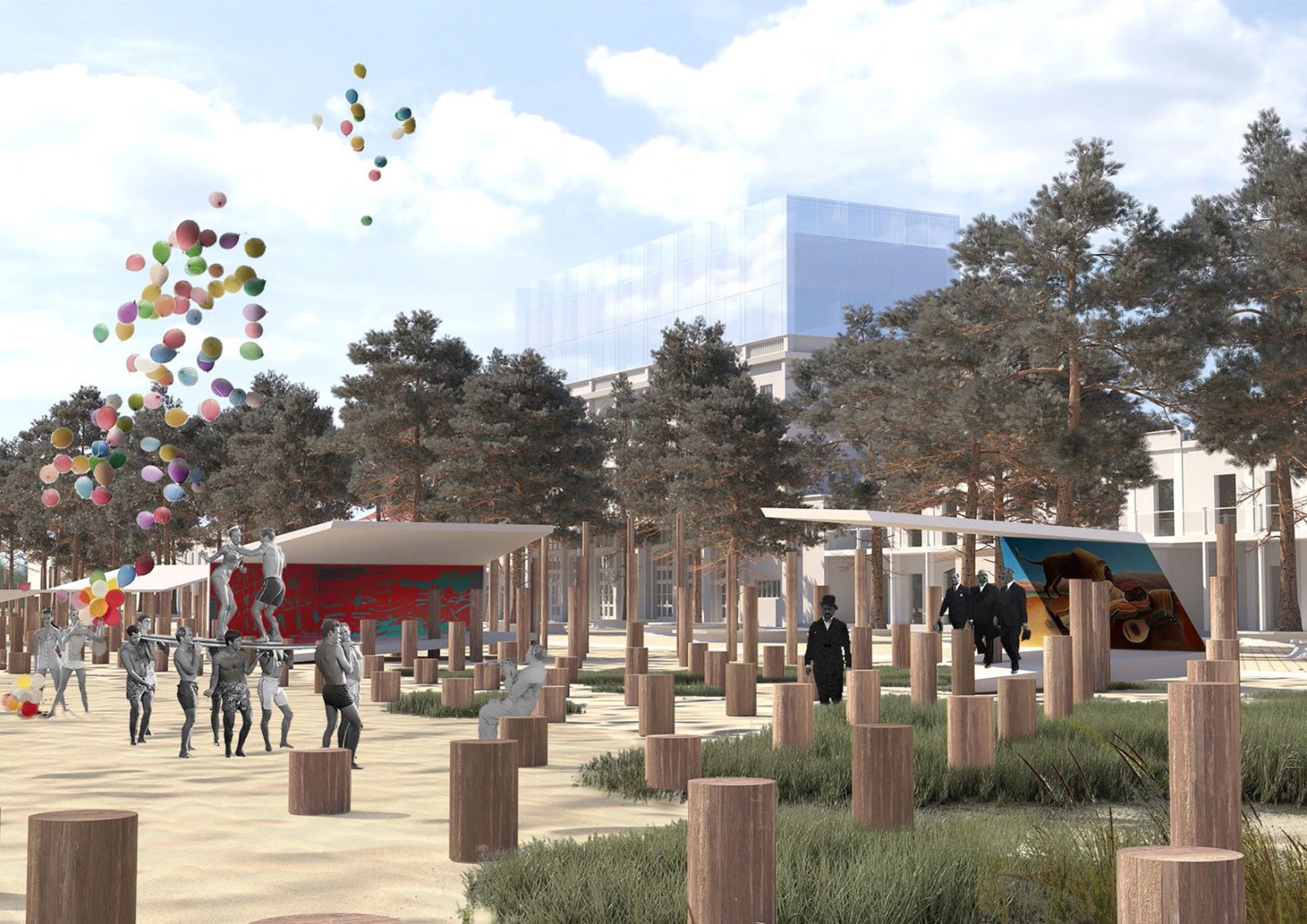
HM05 – “The Biennale Beach” by Sinan Mihelcic, Urh Wiegele and Andraž Hrovat, from Štajn Arhitekti – Kamnik, Slovenia

